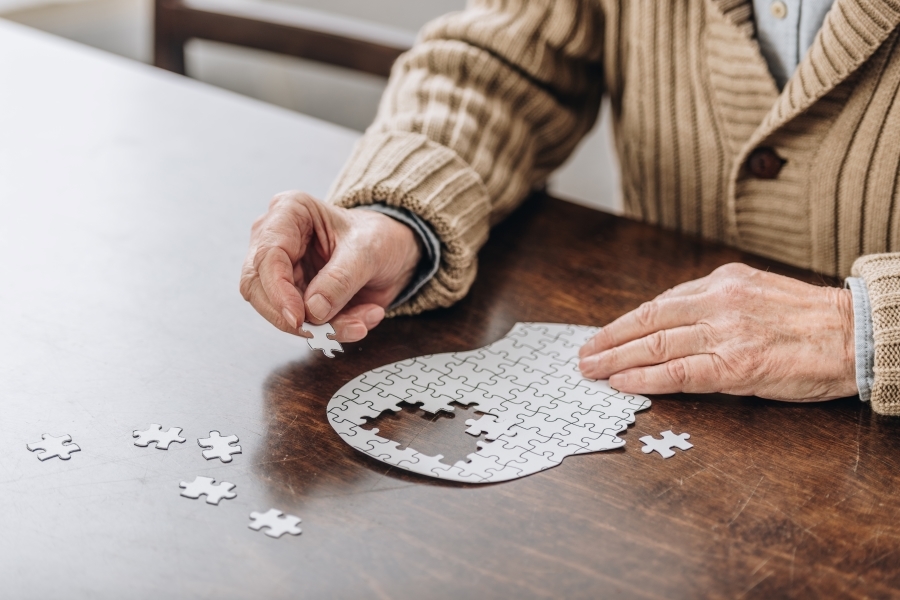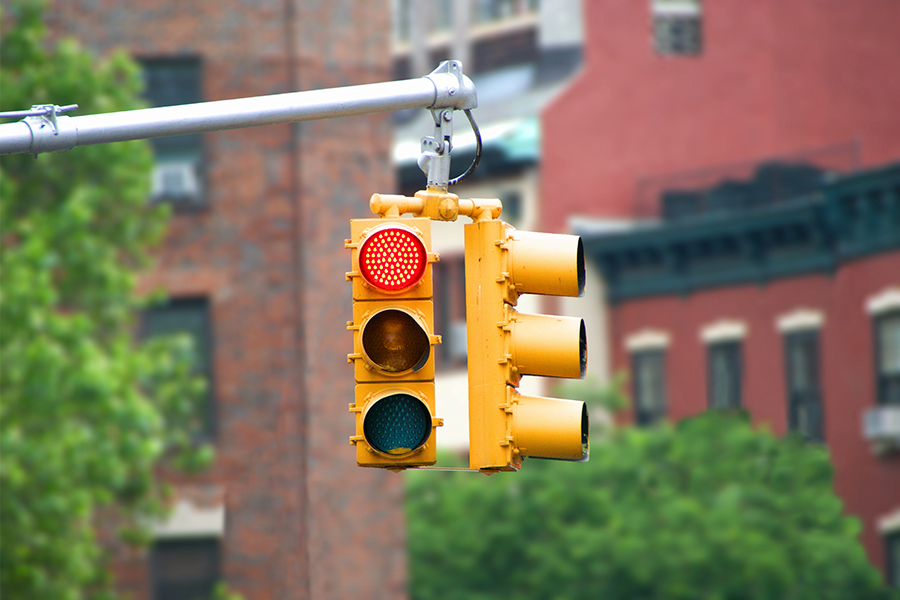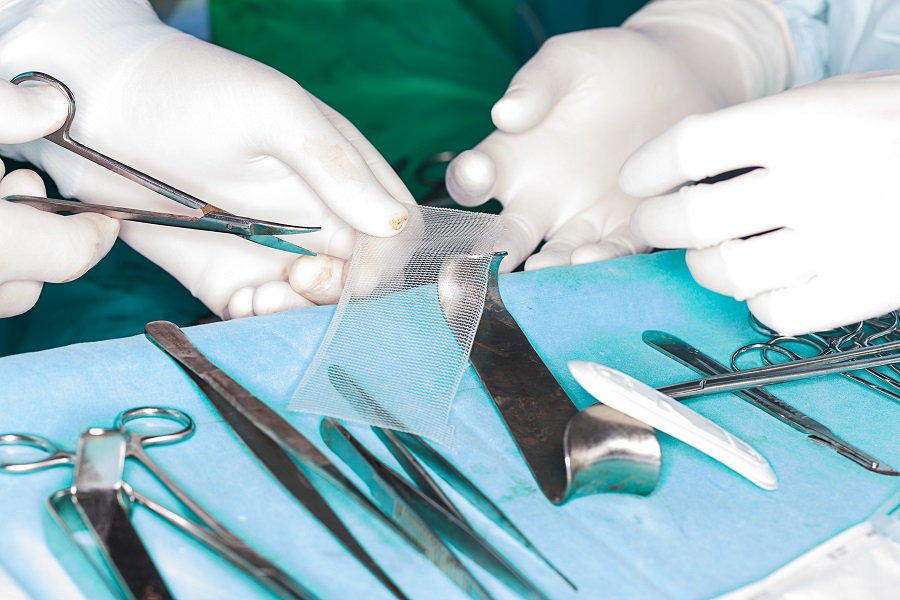People in the early detection stages of incontinence often need to provide very specific information to their doctor about bladder related episodes and symptoms, as well as diet and daily activities. Because it can be stressful to provide exact and precise details at a busy doctor visit, keeping a bladder diary is a very helpful way to log important activity to have reviewed at your appointment(s).
A bladder diary displays a visual record of urinary output, frequency of voiding and nature of incontinent episodes, as well as type and volume of fluid intake. In some cases, diabetes can be discovered through bladder diary indicators.
Bringing a bladder diary to your appointment with a least 5-7 days worth of entries may also help the doctor make recommendations regarding the amount and type of fluid intake.
The National Association for Continence offers a downloadable Bladder Diary in PDF format (example below):
Other important questions your doctor may ask in diagnosing the level and type of incontinence:
- Do you leak urine when you cough, laugh, lift something or sneeze? How often?
- Do you ever leak urine when you have a strong urge on the way to the bathroom? How often?
- How frequently do you empty your bladder during the day?
- How many times do you get up to urinate after going to sleep? Is it the urge to urinate that wakes you?
- Do you wear pads that protect you from leaking urine? How often do you have to change them?
- Do you ever find urine on your pads or clothes and were unaware of when the leakage occurred?
- Does it hurt when you urinate?
- Do you ever feel that you are unable to completely empty your bladder?
























this is very helpful, i am trying to retraining my 34 year old son
he has brainjury, he was hit by a car.